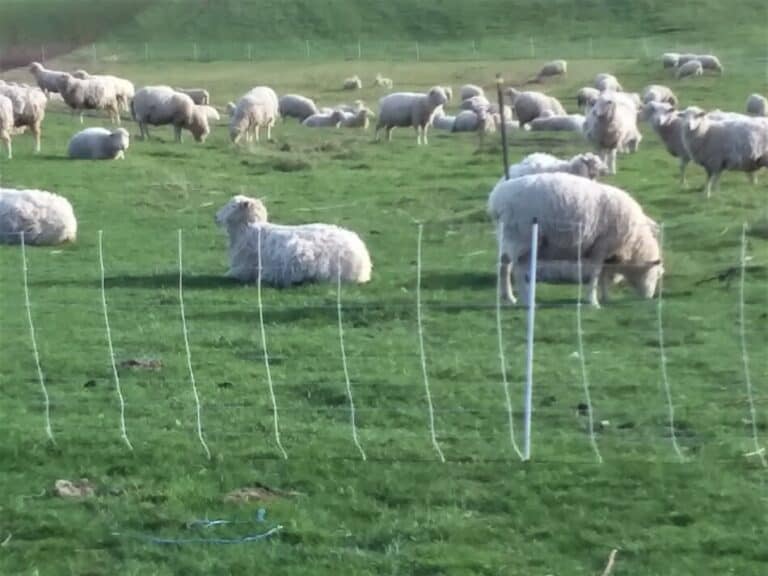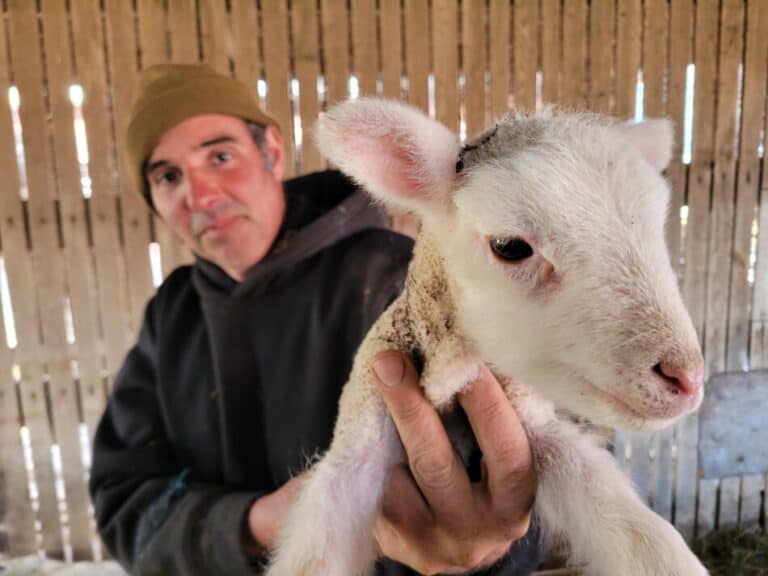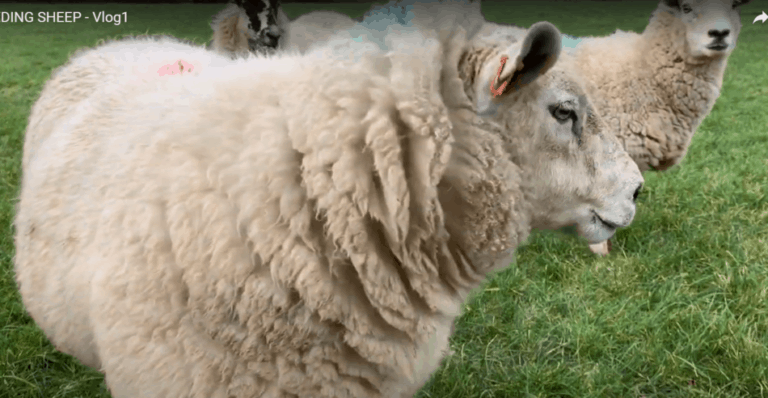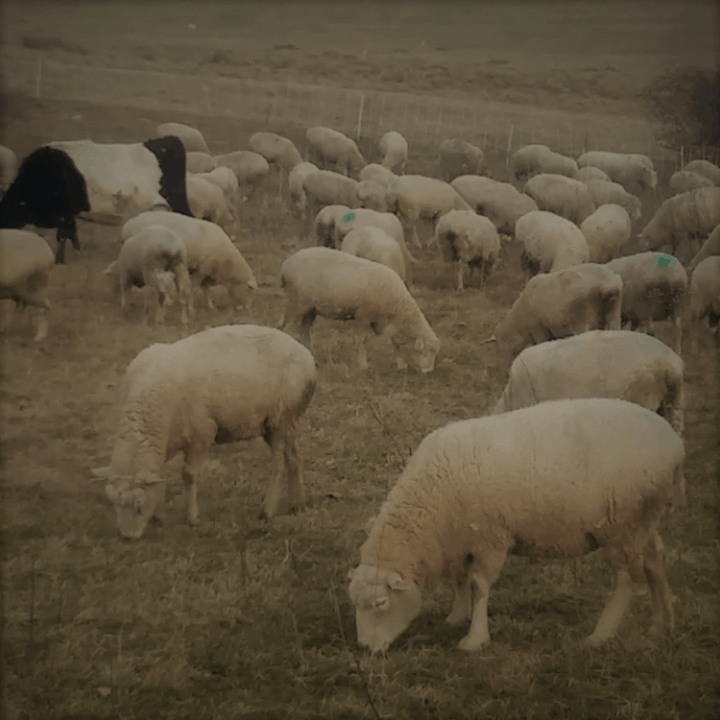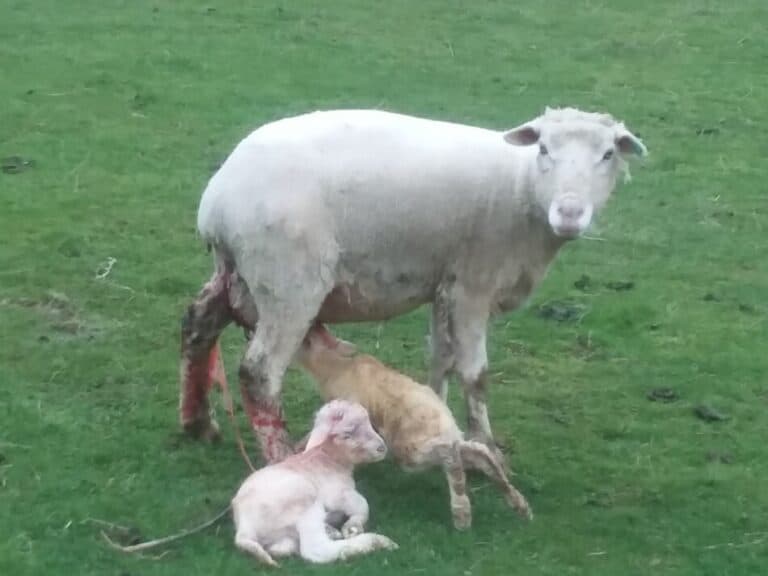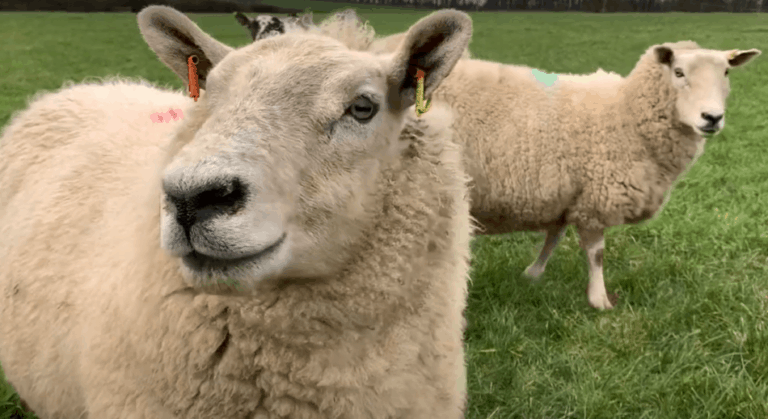When Do Sheep Breed?
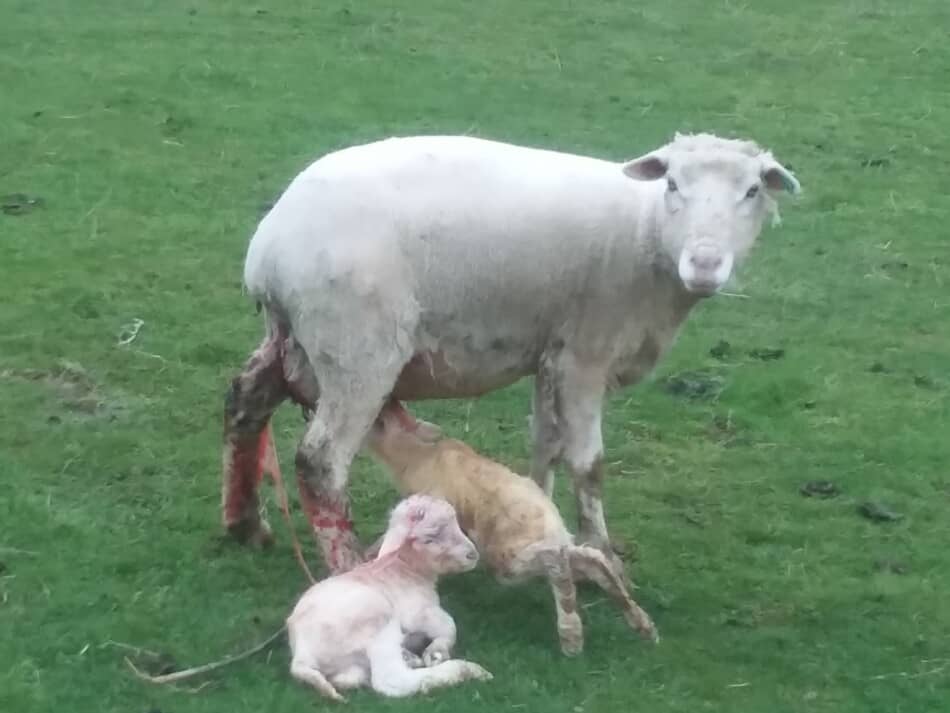
So, you’re thinking about getting into sheep and have a few questions about them, specifically about your options regarding breeding season.
Mainly, you need to know: when do sheep breed, how much flexibility is there in the breeding and resulting lambing season and how do you know if the ewes are actually bred?
Most sheep are bred from late September to November, with October being the most popular time to put in the rams. While some breeds have an extended breeding season (Dorset, Polypay, Rambouillet, Merino), most sheep are seasonal breeders that will mainly lamb in the spring.
Best Breed Of Sheep is an article I wrote that will go over some easy to get started with breeds of sheep for the beginning flock owner.
Most Sheep will breed from August to December
While there are a few breeds of sheep can that breed anytime of the year, most sheep are going to be reliably coming into heat from August to December.
The most popular months for breeding sheep are September, October and November, since ewes bred in these months tend to have a higher fertility rate, so you the breeder get more lambs per ewe.
The only catch here is that, since sheep are a 5 month gestation, October breeding (for example) gives you a late February, early March lamb, which may not work for your situation, especially if you do not lamb inside a barn.
What I’m trying to point out here is that just because your sheep will breed in now, does not mean you want to put in the ram now! You put in the ram when you are 5 months away from your target lambing time.
We pasture lamb the vast majority of our sheep and always turn in the rams on December 1st. This puts lambing season starting about May 1st. For our area, lambing earlier than this would need to be done inside.
Lambing Time: What To Expect will show you the basics of what to have ready, based on our experience, and what to expect for your first lambing season!
Some breeds of sheep can breed nearly year round
There are some breeds of sheep that can breed nearly year round, meaning they are not daylight sensitive like most breeds.
Breeds like Dorset, Polypay, Rambouillet and mixes of these breeds are good candidates for out of season breeding.
If you are looking to have lambs at other times of the year than spring, this is called out of season lambing, you’ll need to have the sheep and the management to make it happen.
Out-of-season lambing is a quick overview to get you started thinking about lambing at different times of the year. Or read Fall Lambing, which goes over the good and not so good of a fall lamb crop.
Sheep have a gestation period of 5 months
All sheep, no matter what time of the year they are bred, have a gestation period of right about 5 months or 152 days.
5 months is an easy number for you to remember, but it is not exact, since the ewe can have her lambs a week either way of that 5 month mark and still be “on time”.
Generally, multiple births are born sooner than the date and singles, especially single ram lambs are more likely to go over the due date. Just know that 5 months is a nice guess with some wiggle room built in, so be ready a bit early!
Lambing Supplies will go over the things we keep on hand, our “must haves” and a few things that just make our lives easier!
How do you tell if your sheep are bred?
The easiest way to tell if sheep are bred is to use a marking harness on the rams when you put them in for the breeding season. The harness will put a mark on the backside of each bred ewe.
You can change the color of the crayon in the harness every breeding cycle (17 days) to know how many repeat breeders are out there.
In our experience, any ewe that rebreeds more than 2 times is not bred, she just keeps coming into heat but not settling into an established pregnancy.
Sheep pregnancy can be checked by ultrasound
There are ultra sound pregnancy checkers available, one is hand held Preg Tone that has a solid tone if the ewe is pregnant and an intermittent tone if it does not detect a pregnancy.
These are becoming more popular in my area, but be sure to note that the machine needs to be used at 30-40 days bred, so you’ll have to get your timing right.
The other method is to have a scanner come out to the sheep with a portable ultrasound machine and chute that you run the ewes through for an on screen scan.
This type of scan will give you approximate days of pregnancy and number of lambs. This is more like an ultrasound that would be done on expectant moms in the normal prenatal care routine.
This is the most accurate scanning method available, but not all areas have scanners for hire. This is how sheep are pregnancy checked in the U.K., sadly, around here we don’t have anyone scanning for commercial sheep farmers.
Most ewes are rebred every year to lamb again in the spring
If the ewes are genetically capable of year round breeding, can be rebred as soon as the lambs are weaned. If they are seasonal breeders, they can be rebred the following breeding season to lamb, once again, in the spring.
By far, the most common breeding plan is to put the rams in with the ewes in the fall to have the flock start lambing in the spring, so these sheep have lambs one time per year.
This would have the ewes rebred at the same time each year, since you want lambs at the same time each year, as well.
If the farmer has the space to lamb inside, then spring lambing can start in early spring. If the farmer only has the option of pasture lambing, spring lambing will be later, to increase the chances of nicer weather for the newborns.
Out of season ewes can be rebred in a separate group
There are other lambing systems a sheep farmer can follow, depending upon when s/he wants lambs to sell. Of course, this is counting on the sheep used being capable of out of season breeding!
The easiest way to change lambing a bit and spread out the lambs ready for sale, is to have some year round breeding ewes that are bred for off season lambs. These ewes could be bred earlier or later than the main group of ewes.
Or there could be a more organized breeding system that would have groups of ewes coming into lambing on an accelerated schedule, like the STAR system.
This is a super interesting breeding system put together by Brian Magee and Doug Houge at Cornell. If you are interested in the STAR system, scroll down to the bottom of the linked page for the How To Start section.
Ewes can be productive until they are 6-8 years old
Most ewes that are well cared for, meaning parasites are managed and the flock is well fed, should be able to remain productive until they are 6-8 years old.
The reason that it’s 6-8 years and not 12-15 (as an example) is normally that the teeth wear out, so the ewes can not take in the nutrients they need to stay in good condition themselves and care for the lambs.
If an individual ewe can keep in good shape and raise lambs every year, she is a great choice to keep for next year, no matter her age. As long as her teeth, udder and feet are in good shape, she’s good to go!
Well grown ewe lambs can breed to lamb at one year of age
Ewe lambs can be bred at 7 months, which will make them lambing at one year of age, if they are well grown and in great shape before breeding season. Please note the “well grown” part, that’s the key!
If your ewe lambs just “aren’t quite there yet” then keep them over another season and try them next year, which will make them lamb for the first time at two years of age.
Holding ewe lambs over for another year is perfectly fine and actually the normal plan for most replacement ewe lambs the U.K. A few are bred to lamb the first year, most sheep farmers are holding them, so breeding to lamb at two.
This is a management decision that has good points (ewe lambs are bigger) and not so good points (you have to wait another year to get lambs from your replacements) either way.
Resources:
Out-of-season lambing, OSU Extension, I listed their breed suggestions that are likely to work as out of season lambers
STAR system lambing, names of originators, B. Magee and D. Houge, of Cornell
